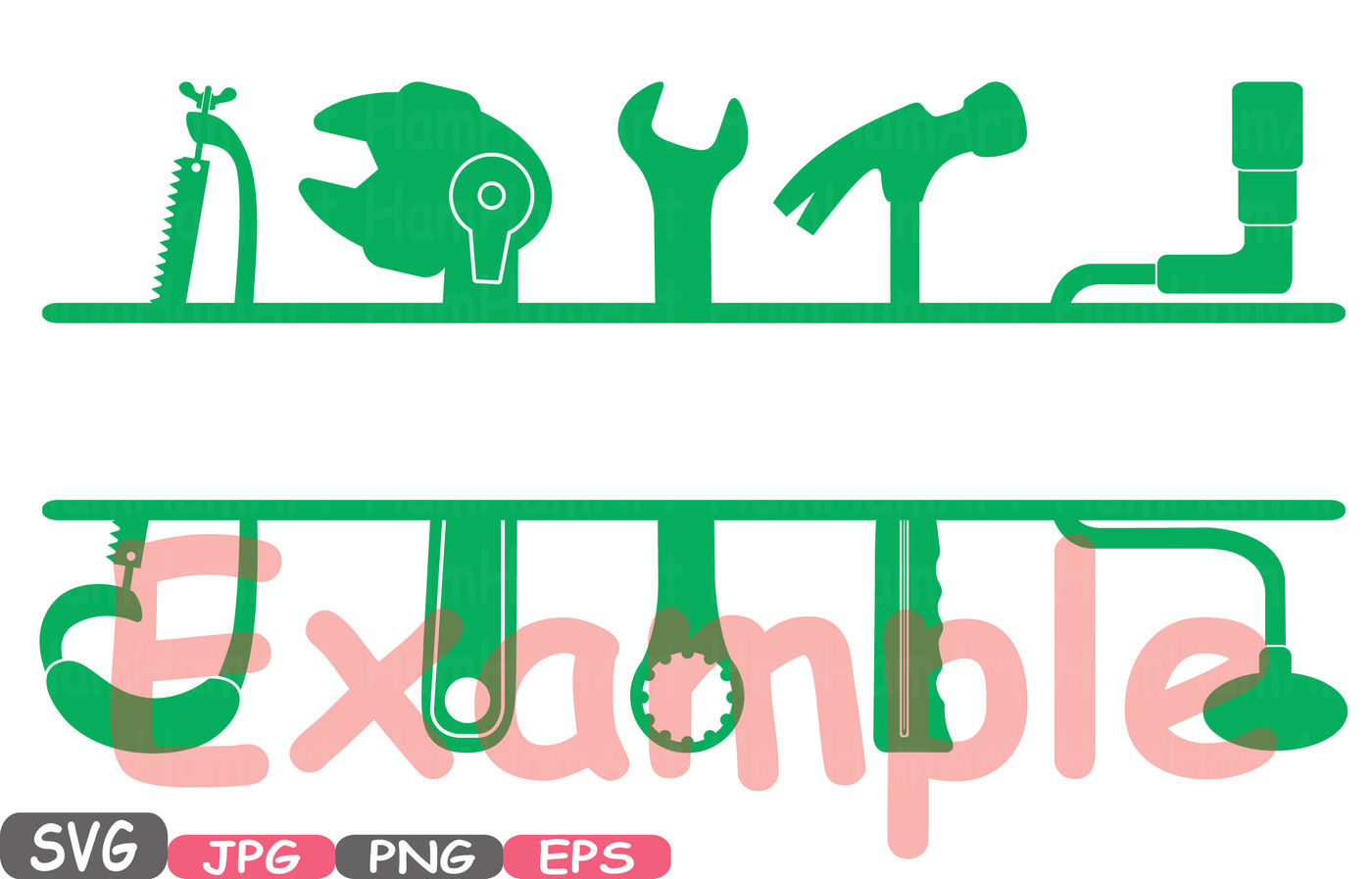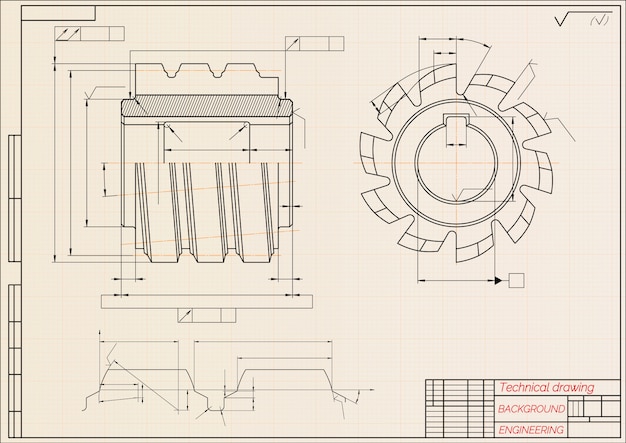Cutting Tools (types)the Mechanic
Hand Tools Hand tools are still an essential part of an auto mechanic's tool set. All commercial garages have pneumatic wrenches to make life easier, but hand wrenches or pliers still need to be. Fitting is the process of assembling various parts manufactured in the machine shop. The various types of tools used in the Fitting Workshop are as follows. In the last class, we had discussed the Electrical Engineering Workshop in a detailed way, and in today's class, we are going to discuss Engineering Fitting Workshop. Tools used in Fitting Workshop.
Machining is one type of manufacturing operation where excess material is gradually removed by shearing in the form of chip from a preformed blank. A rigid, hard, wedge shaped device, called cutting tool, is employed for compressing the work material and thereby shearing the excess layer of material.
So the purpose of cutting tool (also called cutter) is to compress a particular layer of work material in order to shear it off. Therefore, cutter must have wedge shape with sharp edge for smoothly and efficiently removing material requiring minimum power. At the same time cutter material should be sufficiently hard so as to withstand intense rubbing occurred during machining. Along with the definition and example, purposes, various features, designations, materials and classification of cutting tools are discussed the following sections.
Cutting Tools (types)the Mechanic Training
Cutting tool is a wedge shaped and sharp edged device that is used to remove excess layer of material from the workpiece by shearing during machining in order to obtain desired shape, size and accuracy. It is rigidly mounted on the machine tool. A relative velocity between workpiece and cutting tool is also provided by various mechanical and other arrangements for cutting action.
Cutting tool is basically the cutter used in machining operation. Various machining operations utilize different cutters and thus various names are available for these cutters based on the application. A list of commonly used cutting tools is provided below.
- Single point turning tool—cutter for turning operation performed in lathe
- Drill—cutter for drilling operation performed on drilling machine or lathe or milling machine
- Milling cutter (or mill)—cutter for milling operations performed on milling machine
- Fly cutter—cutter for fly milling operation performed in milling machine
- Shaper—cutter for shaping operation performed in shaping machine
- Planer—cutter for planing operation performed in planing machine
- Boring bar—cutter for boring operation performed in drilling or boring machine
- Reamer—cutter for reaming operation performed in drilling machine
- Broach—cutter for broaching operation performed in broaching machine
- Hob—cutter for hobbing operation performed in hobbing machine
- Grinding wheel—abrasive cutter for grinding operation performed in grinding machine.
Geometry of a cutting tool encompasses inclination and orientation of various planes and cutting edges of the tool as well as nose radius. Tool designation basically refers displaying various features of the cutting tool in a symbolic but standardized manner. There are various tool designation systems and each has specific style of representing such features. Among various systems, the commonly used systems for turning tool designation are enlisted below.
Cutting Tools (types)the Mechanic Parts
- Tool In Hand system
- American Standards Association (ASA) system
- Orthogonal Rake System (ORS) or ISO Old System
- Normal Rake System (NRS) or ISO New System
- Maximum Rake System (MRS)

During machining, part of the cutting tool remains in physical contact with the workpiece and thus experiences severe cutting temperature and insistent rubbing. The material of the cutting tool must have the capability to sustain such high cutting temperature as well as cutting force. Every tool material must possesses certain properties such as high hardness, high hot hardness, high strength, higher melting point and chemically inert even at high cutting temperature. As a thumb rule, the hardness of the tool material should be at least 1.5 times of the hardness of the workpiece for smooth cutting action.
Suitable coating can also be applied on the tool to improve various desired properties. However, a coated tool does not allow easy re-sharpening by grinding when the edges are worn out after prolonged use. Now-a-days, insert based tools are available where small interchangeable inserts can be attached or clamped on large shank. These inserts perform cutting action and thus worn out gradually. When wear exceeds the tolerable limit, the inserts can be replaced by a new one, while the shank can be used repeatedly. Some of the tool materials commonly available in todays’ market are enlisted below.
- High Speed Steel (HSS)
- Tungsten carbide
- Ceramics
- Cubic Boron Nitride (cBN)
- Diamond
Cutting tools can be classified in various ways; however the most common way is based on the number of main cutting edges that participates in cutting action at a time. On this basis, cutting tools can be classified into three groups as given below.

- Single point cutting tool—Such cutters have only one main cutting edge that participate in cutting action at a time. Examples include turning tool, boring tool, fly cutter, slotting tool, etc.
- Double point cutting tool—As the name implies, these tools contain two cutting edges that simultaneously participate in cutting action at a pass. Example includes drill (common metal cutting drill that has only two flutes).
- Multi-point cutting tool—These tools contain more than two main cutting edges that can simultaneously remove material in a single pass. Examples include milling cutter, broach, gear hobbing cutter, grinding wheel, etc.
- Book: Machining and Machine Tools by A. B. Chattopadhyay.
- Book: Metal Cutting: Theory And Practice by A. Bhattacharya.
- Book: Manufacturing Process for Engineering Materials by S. Kalpakjain and S. Schmid.
- Book: Geometry of Single-point Turning Tools and Drills – Fundamentals and Practical Applications by V. P. Astakhov.
